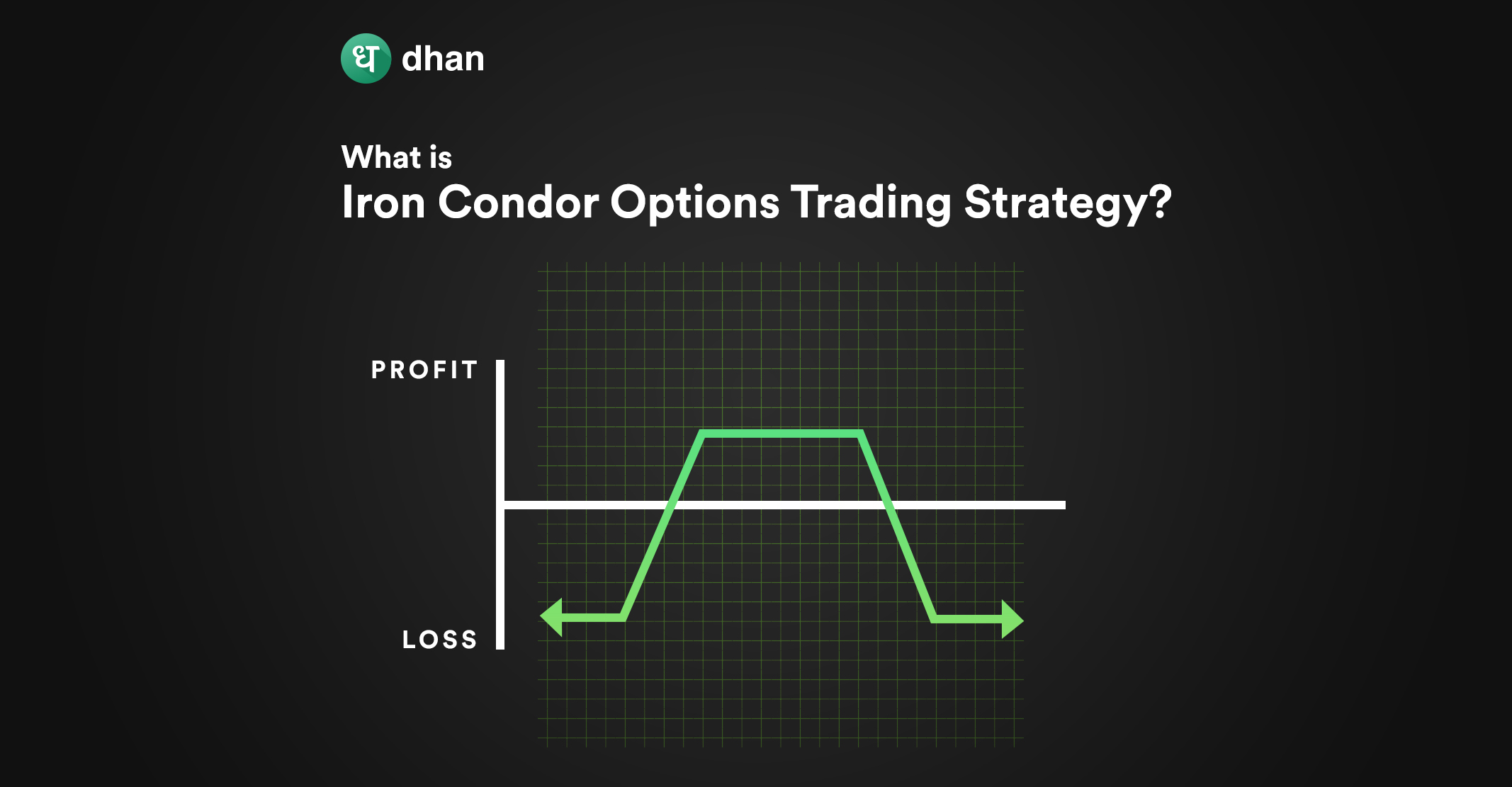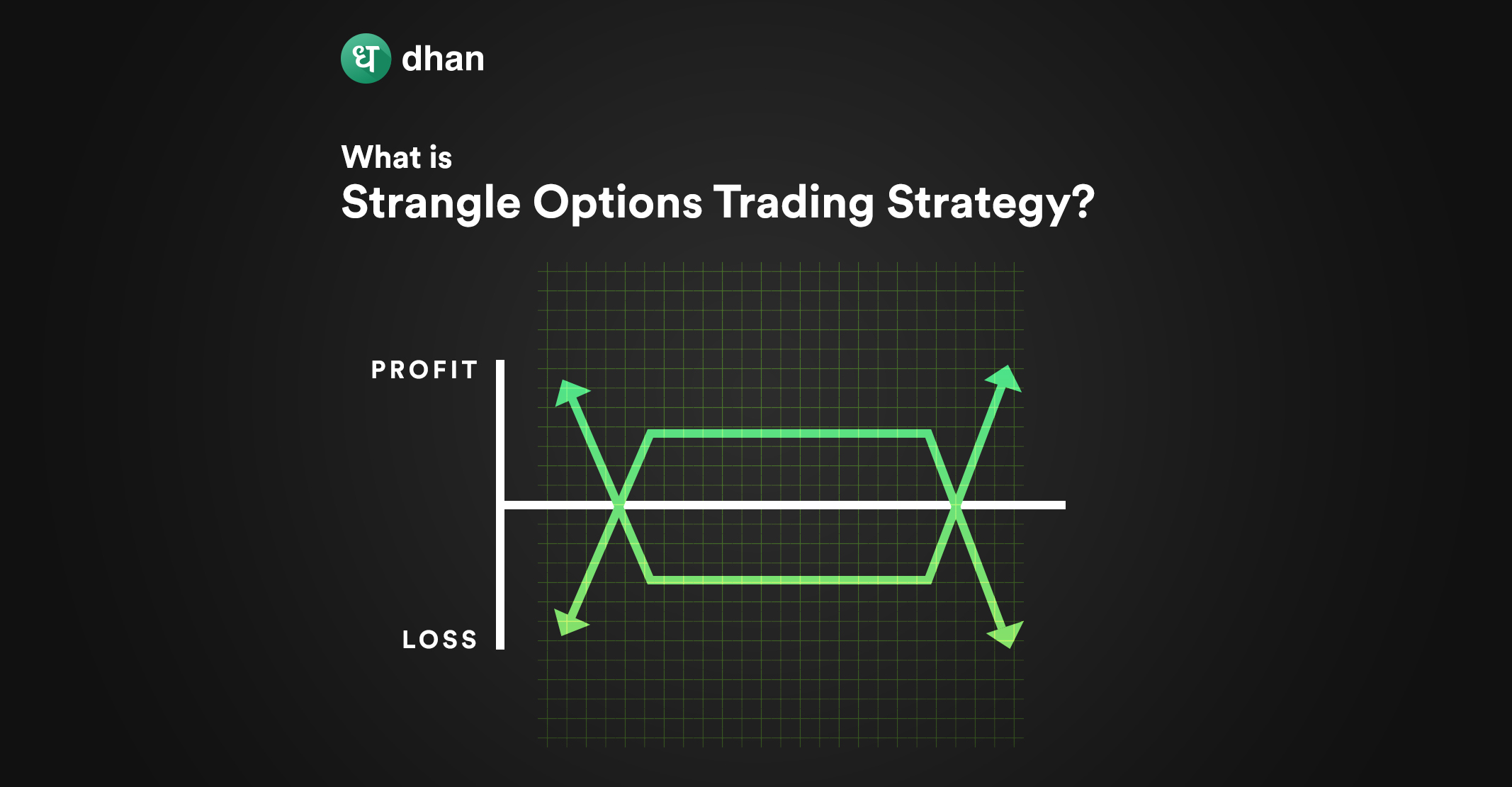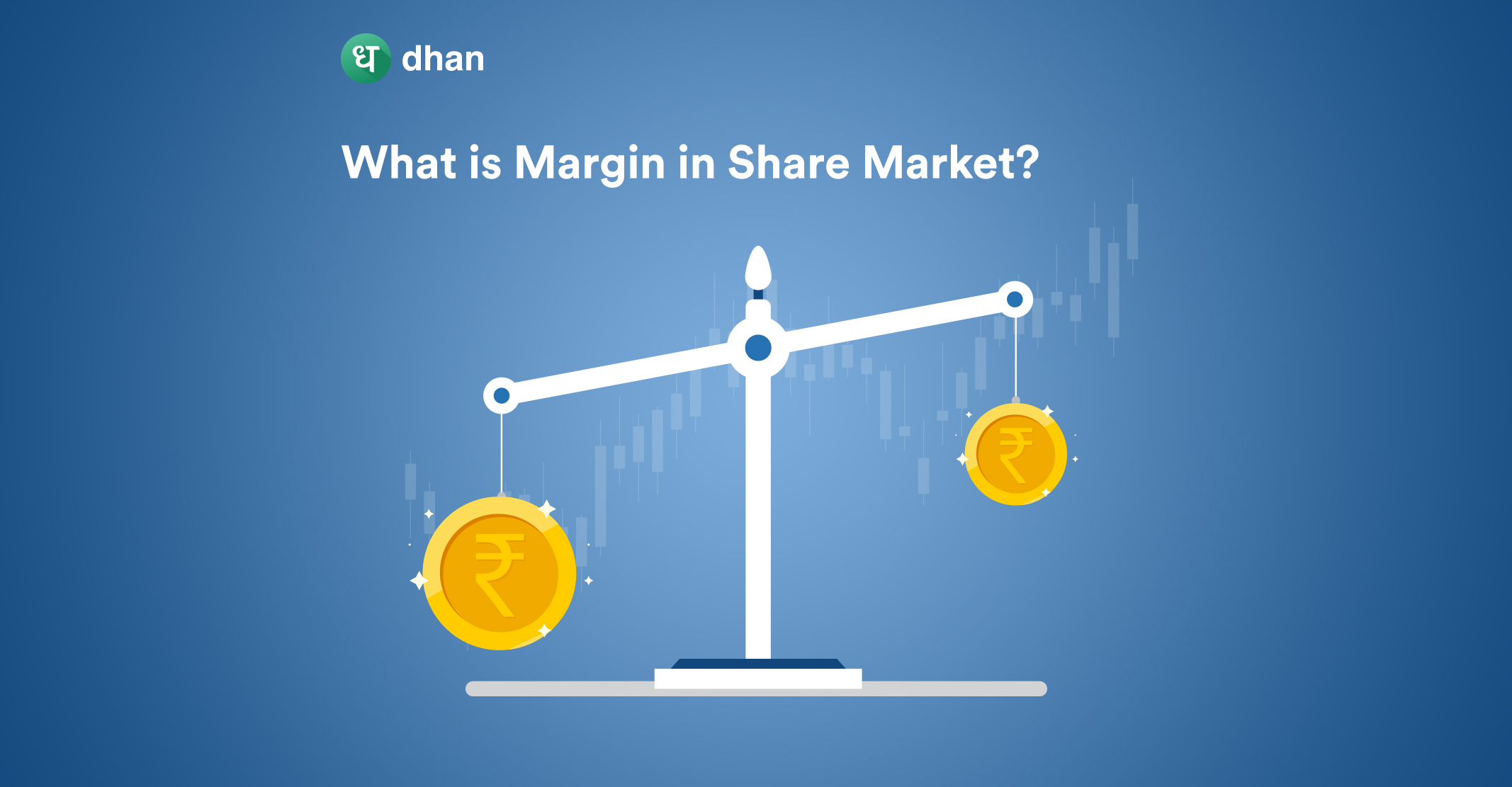Options trading can be exciting and also challenging to understand for novice traders. There are various terms involved in options trading and it is essential to have a certain level of clarity before you start to trade. One such term is options trading margin.
Calculating and maintaining options margin is a crucial requirement if you want to start F&O trading. Not to forget, knowing about the different types of options margins can help you leverage the right trading opportunities.
What is the Options Trading Margin?
Margin is a concept which is applicable to most financial securities, including derivatives. Future and options margin is nothing but the money traders have to deposit with the broker to take a position.
For this article, our focus will be on the margin for options trading. You could look at the margin as the collateral or money that you must have in your trading account while buying and selling options.
There was a time when margins varied from broker to broker. As India’s financial markets matured, it was ensured that margins became universal and there was no room for ambiguity.
Usually, stock exchanges like NSE and BSE decide the margin for every options contract. The margin amount is typically expressed in terms of a percentage of the total value of the position. Margins do not remain the same for all options contracts.
Furthermore, the type of underlying financial asset, f&o lot size, and options contract determine the total margin to be paid for a particular trade. After all, derivatives like options are forward-looking obligations/promises that carry a high degree of risk.
Margins exist to ensure that risk is managed appropriately across all parties involved. Traders, regardless of whether they’re buyers or sellers, partake in the equation by making a good faith deposit known as a margin.
Types of Options Trading Margin
The F&O segment is complicated and options as a financial instrument itself is pretty complicated. That’s why you’ll notice that there are three types of options trading margins which are as follows:
- Initial Margin
- Premium/Assignment Margin
- Exposure Margin
All three margins serve a different purpose but all margins are in place to mitigate the risk that every participant must bear while trading any type of option. The following text contains a walkthrough of all the types of options margins.
1. Initial Margin
The initial margin is the minimum money necessary to take a position in an options contract. It is calculated with software called Standard Portfolio Analysis of Risk (SPAN).
Various scenarios are taken into account and the initial margin is directly dependent on the result. The neat part is that you can get a flavor for how these calculations work by using a Margin Calculator.
2. Premium/Assignment Margin
Those who buy options contracts pay a premium margin which is nothing but the product of the options margin and the number of options contracts bought.
The assignment margin is charged on the net settlement value to be paid by the traders who sell a particular option.
It is deducted from the available deposits of the sellers of an option contract. In addition to the initial margin, this is also an important part of options trading.
3. Exposure Margin
The exposure margin also needs to be deposited by traders for options trading. It is collected to protect the broker from the liability of unpredictable price movements in the market.
Exposure margin is also known as additional margin, as it is levied in addition to the other margin requirements. While we’re on the topic of risk and volatility, you can learn about an important options trading term here: Implied Volatility
Mark-to-Market Margin in Options Trading
Mark-to-Market or MTM margin in options trading is a crucial component of everyday contract value calculations. It is an ongoing valuation of your options positions’ current market value.
Unlike other margins, MTM is dynamic and is calculated at the end of each trading day while factoring in the day’s market fluctuations. Some may have an ongoing MTM calculation as well.
This helps exchanges and brokers assess your position. The assessment is important because it allows the broker to know exactly how much shortfall there is in your margin.
Mark-to-Market options trading margin is calculated by comparing the closing price of the options contract with your transaction value.
The formula for calculating MTM profit & loss is shown in the image below:
As a result, you’ll be intimated via a “margin call” to maintain adequate funds to cover potential losses if the broker was to close your position at that instant.
Essentially, it’s a risk management tool that keeps traders accountable for their exposure.
Failing to meet MTM Margin obligations can lead to margin calls and, in extreme cases, position liquidation.
Understanding MTM Margin is essential for you, as it directly impacts your overall margin requirements.
Calculating Option Trading Margin
Calculating margin involves taking both SPAN and exposure margins into account. You must first calculate both margins separately and add them to get the total payable margin on your options trades.
On specific trades, you might also need to consider the assignment margin. If you are a new option trader, this might be a complex calculation for you. However, there is an easy way to calculate the options trading margin.
You can use an online margin calculator to ascertain margins not just for options but also for equity, ETFs, commodities, currencies, and others. Many online trading platforms like Dhan provide extensive tools that you can use to calculate option trading margins.
With Dhan’s option margin calculator, you can calculate the margin and leverage on your trade by simply entering the name and quantity of the underlying asset and selecting from the ‘buy’ or ‘sell’ checkbox.
Options Trading Margin for Buyer and Seller
Before you start F&O trading, know about the difference between option buyer and seller. You do not need to pay a margin if you are a call option buyer/put options seller.
This is because once you pay the predecided premium amount, your potential loss becomes limited to the premium paid. As you already pay a premium, there’s no margin charged.
On the other hand, the call option seller/put option buyer is in a position to incur limited profits and unlimited loss depending upon whether or not the contract is executed. Thus, they must pay and maintain the margin as required by the exchange.
Every exchange has its regulations when it comes to options trading margin. You can also choose a trading platform like Dhan for your options trading journey.
Conclusion
If you are looking to begin F&O trading, you must understand the concept and varieties of options trading margins. For making a successful and profitable trade, it is important to calculate and maintain the required margin.
You can choose a platform like Dhan for trading F&O to access multiple features like:
- Pledge margin benefit on 1450+ stocks
- Options trading on charts
- Option margin calculator
FAQs
Q. Can you buy options on margin?
Yes, you can buy options on margin where the margin is a sum you deposit in your trading account to take trading positions. You can even get more margin for buying options by pledging your existing shares. This is known as a pledge margin benefit which can be useful for getting more margin for trading.
Q. Is buying call options on margin possible?
Yes, it is possible to buy call options on margin. In fact, traders can pledge existing shares for more margin. Once you’ve pledged your shares, there’ll be a small haircut fee charged and the rest of the amount will be allocated to you for call options trading.



